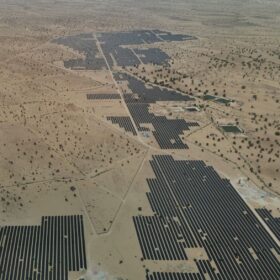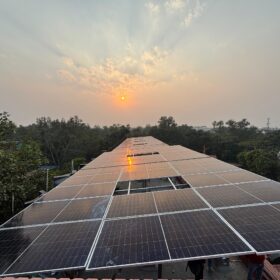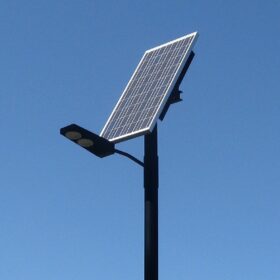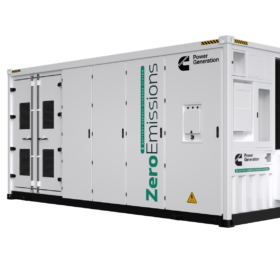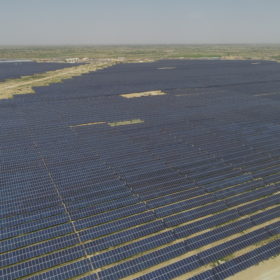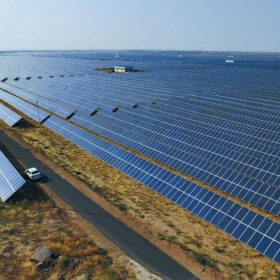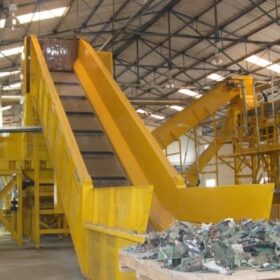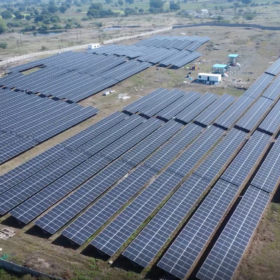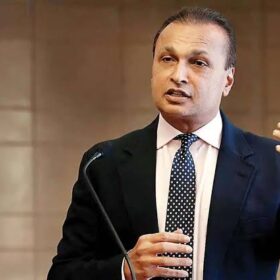Why every Indian home should consider solar in 2025
When you combine lower solar hardware costs with rising grid tariffs, payback periods tighten—especially for homes that consume 200–400 units a month and can run major daytime loads (fridge, fans, air-cooling, work-from-home equipment) on solar power.
Statkraft signs agreement to sell solar, wind projects in India to Serentica
Statkraft has signed an agreement to sell approximately 1.5 GWp of its renewable energy portfolio in Rajasthan, comprising the recently commissioned 445 MWp Khidrat solar plant and around 1,000 MWp of solar and wind projects at various stages of development.
Avaada unveils 11 solar plants in Maharashtra’s Yavatmal under MSKVY 2.0 Scheme
Diversified energy firm Avaada Group has inaugurated 11 solar power plants in Maharashtra’s Yavatmal district under the Mukhyamantri Saur Krushi Vahini Yojana (MSKVY) 2.0—a scheme aimed at providing farmers with reliable daytime power for irrigation while advancing the state’s clean energy transition.
What most people don’t know about solar layouts
This article discusses the often-overlooked technical considerations involved in designing and laying out a high-performance solar system.
US authorities warn of hidden radios in PV-powered highway infrastructure
The US Federal Highway Administration (FHA) has warned that cellular radios have been found in unspecified foreign-made inverters and batteries used in PV highway infrastructure, according to Reuters. pv magazine speaks with cybersecurity expert Uri Sadot about the risks.
Cummins launches all-in-one containerized BESS solutions in India
Cummins has introduced fully integrated, plug-and-play battery energy storage system (BESS) solutions in India, with capacities ranging from 211 kWh to 2,280 kWh. These AC-output BESS solutions are designed for commercial, industrial, and mission-critical applications and are available in 10-foot and 20-foot container configurations.
Subsidies vs. loans: What really makes rooftop solar affordable for homes?
While subsidies have provided an important early boost, the future of residential solar affordability rests on financing models that expand access consistently. Loans create a pathway for households across diverse income brackets and geographies to invest in clean energy without waiting for government support.
Honeywell introduces all-in-one, modular BESS for C&I segment
Honeywell Ionic battery energy storage system (BESS) combines flexible battery storage with Honeywell’s advanced control and energy management system, helping to optimize energy costs, absorb fluctuations in energy demand to ensure grid stability, and provide back-up power when needed.
Analysis of 6,276 connectors for rooftop PV systems
Sandia National Labs researchers have created a new dataset on the rates and types of rooftop PV connector failures. Their analysis has shown that tight wire bending radius, extra dirty connectors, and loose nuts are the most common failure causes in 6,276 connectors deployed between 2014 and 2017 across seven U.S. regions.
ACME Solar secures INR 3,892 crore SBI Funding for 400 MW FDRE project
ACME Solar has secured long-term project financing of INR 3,892 crore from the State Bank of India (SBI) for the development and construction of a 400 MW Firm and Dispatchable Renewable Energy (FDRE) project.

